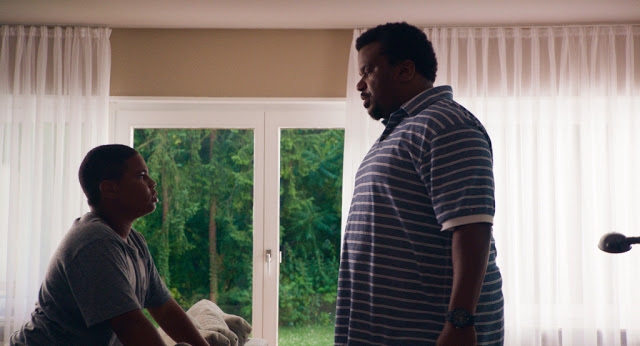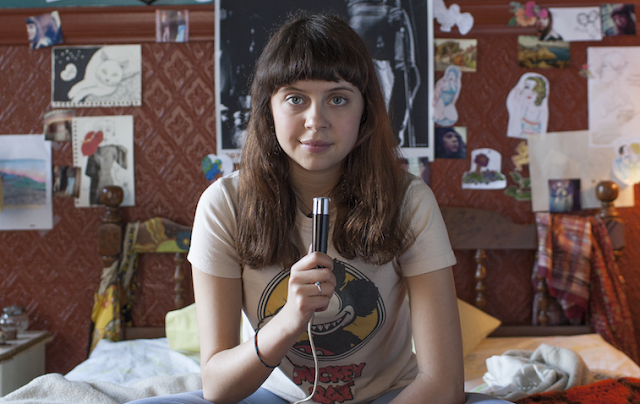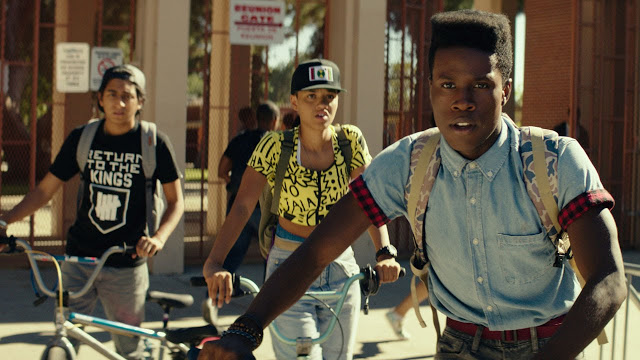Morris from America: In a Strange Land, Father Still Knows Best
Early in the modest and winsome crowd-pleaser Morris from America, a father scolds his son for writing vulgar, misogynistic rap lyrics. When the son counters that his father curses constantly, the father explains, “I’m not mad because it’s explicit, I’m mad because it’s bullshit.” That judgment applies to parts of Morris from America itself. A slender study of disenchanted youths, the film is sometimes false and artificial, even when it postures as authentic. Yet the incisive honesty with which the father delivers his verdict exemplifies what makes this small, heartfelt movie worth watching. As a portrait of a teenager straining to find himself in a cruel and uncaring world, it’s fairly rote. But as a story of the fragile-yet-powerful bond between parent and child, it is wonderfully specific and true.
The son in question is Morris (Markees Christmas), and you can guess where he’s from. The more interesting detail is where he lives; Morris resides in Heidelberg, the touristy German town where his widowed father coaches soccer. His status as an immigrant lends some spice to the film’s otherwise mild recipe. By which I mean, despite its European location, Morris from America—which was written and directed by Chad Hartigan—fits snugly within one of the most durable genres of American independent cinema: the coming-of-age story. It tells the tale of a diffident outsider who struggles to connect with his peers and understand his elders, but who also, thanks to the careful nourishment of his confidence and the attentions of a pretty girl, gradually discovers how to accept and assert himself. As the movie progresses, you can be sure that Morris will fall in love, make some questionable decisions, get his heart broken, lie to his father, and ultimately learn some valuable life lessons. Read More





